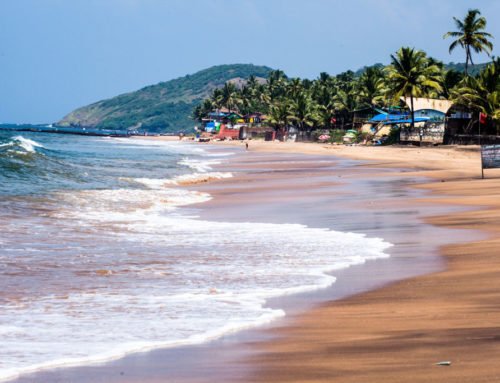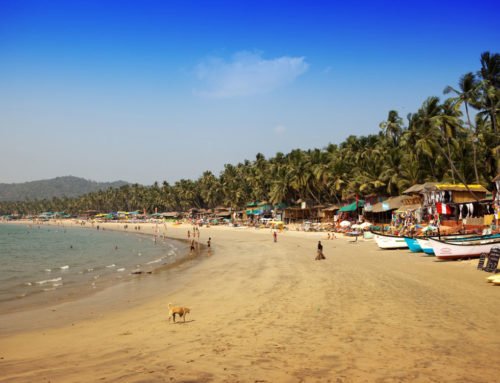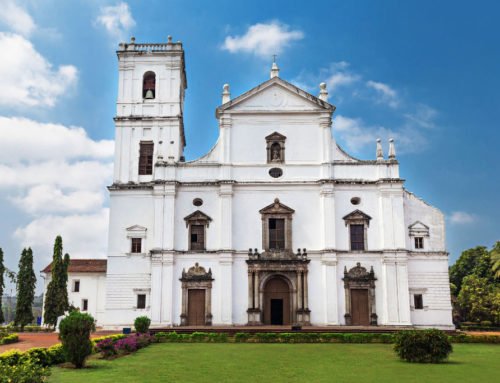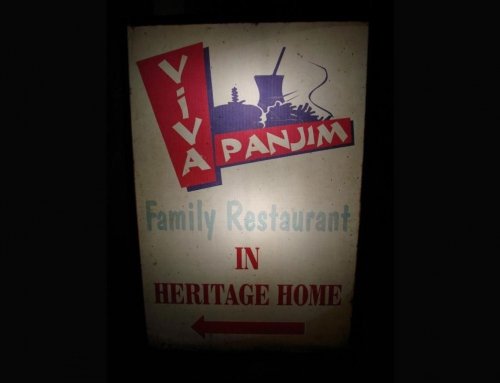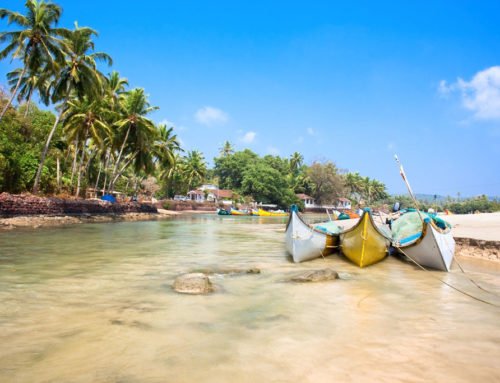Overview
- Features: Panaji’s iconic landmark and most popular church
- Opening Times: 9:30 am to 6:30 pm, daily
- Best Time to Visit: Weekday morning
- Duration: 20 to 30 mins
- Travelled By: Foot
- Cost: Free
- Address: Church Square, Panjim, Goa, India
- Type: Church
Author Reviews[display_rating_item_results rating_form_id=”2″ rating_entry_ids=”1″ show_category_filter=”false” show_options=”true” result_type=”star_rating” preserve_max_rating=”true” show_title=”false” show_count=”false” ]
Total Rating: [display_rating_result rating_form_id=”2″ show_count=”false” show_rich_snippets=true] [accordions load=”1″] [accordion title=”User Reviews” last] [display_rating_item_results rating_form_id=”5″ show_options=”true” result_type=”star_rating” preserve_max_rating=”true” show_title=”false” show_count=”true” show_rich_snippets=true] [/accordion] [accordion title=”Add Review”][display_rating_form show_email_input=”true” show_comment_textarea=”true” show_name_input=”true” rating_form_id=”5″] [/accordion] [/accordions]
Summary
Overlooking Largo da Igreja or “Church Square”, Panaji’s main square, is the Our Lady of the Immaculate Conception Church, the town’s most important landmark. Its most striking feature is the double flights of stairs leading up to the church.
Our Lady of the Immaculate Conception Church Goa
Overlooking Largo da Igreja or “Church Square”, Panaji’s main square, is the Our Lady of the Immaculate Conception Church, the town’s most important landmark. This giant whitewashed 16th-century church looms pristine and large up a broad sweep of steps, blue and white flags fluttering at its fringes. Its dimensions were unwarranted for the population of what was at the time of its construction in 1541, in Panjim, little more than a marshy fishing village; its tall, Portuguese baroque twin towers were instead built both to act as a landmark for and to tend to the spiritual needs of arriving Portuguese sailors who used to come to the original chapel to offer thanksgiving prayers after their long and treacherous voyage from Lisbon.
[singlepic id=1602 w=720 h=560 float=center]
The church was enlarged in 1600 to reflect its status as parish church of the capital and in 1619 was rebuilt to its present design. The present church, with its Baroque façade framed by twin towers, was built in 1619. Its most striking feature, the double flights of stairs leading up to the church, was added in 1871. The central pediment was built at the same time, as was the belfry to accommodate the huge bell brought from Old Goa’s Augustinian monastery.
[singlepic id=1607 w=720 h=560 float=center]
[singlepic id=1603 w=720 h=560 float=center]
Inside is an ornate jewel in Goan Catholicism’s trademark blue, white and gold, wood carved into gilt corkscrews, heavy chandeliers and chintz. The classic baroque main altar reredos (screens) are sandwiched between altars to Jesus the Crucified and to Our Lady of the Rosary, in turn flanked by marble statues of St Peter and St Paul. The panels in the Chapel of St Francis, in the south transept, came from the chapel in the Idalcao Palace/Secretariat in 1918. Parishioners bought the statue of Our Lady of Fatima her crown of gold and diamonds in 1950 (candlelight procession every 13 October).
If your visit coincides with 8 December, be sure to call in for the Feast of Our Lady of the Immaculate Conception, which sees a special church service and a lively fair spilling away from the church to mark the date.



